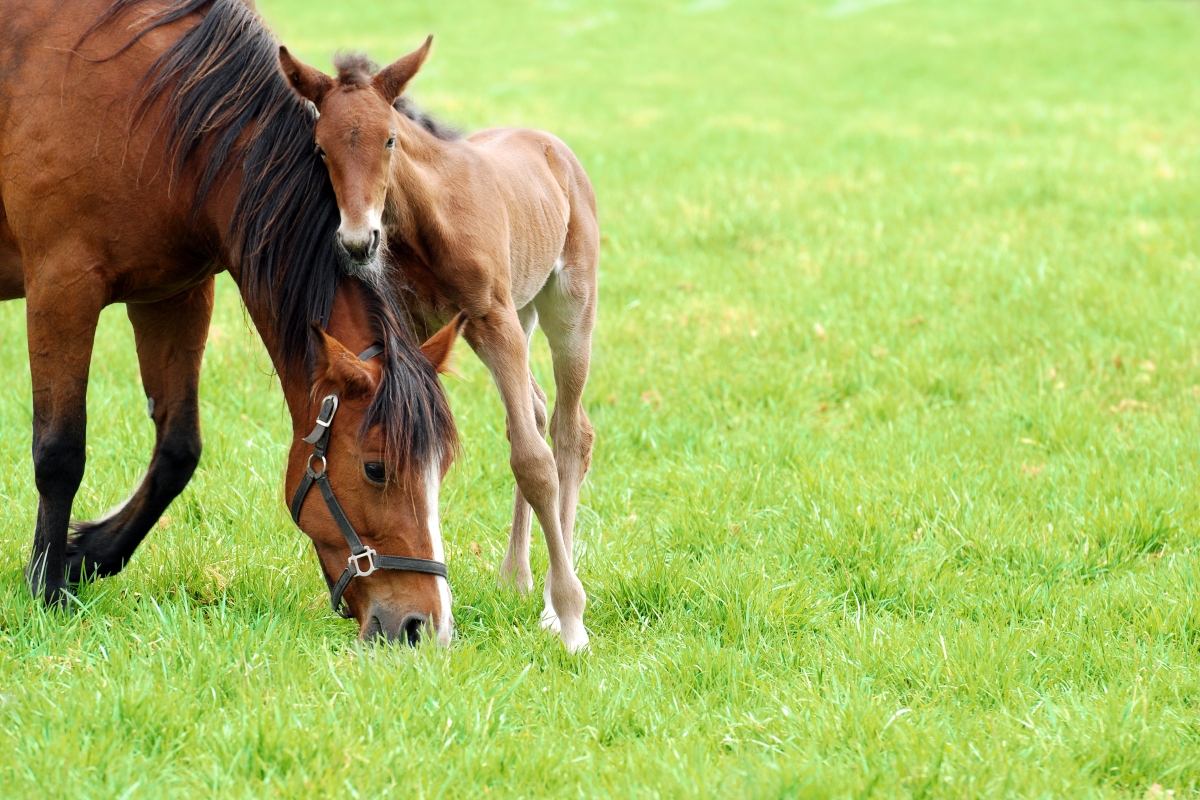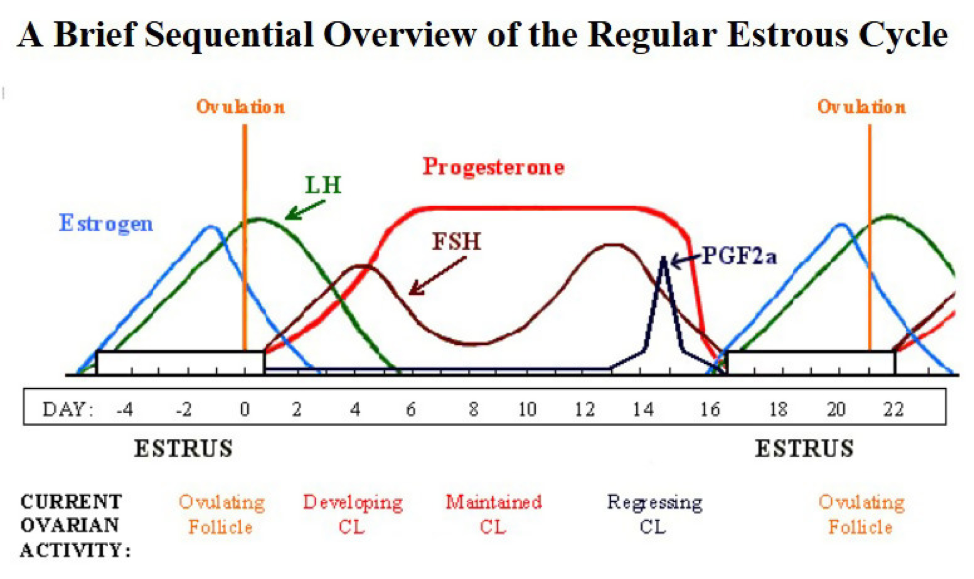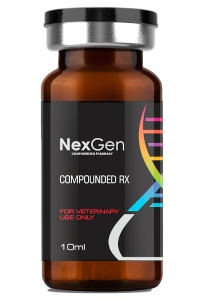The Length of Estrus in Mares

The estrous cycle (or oestrus cycle) is the group of physiological changes that occur in sexually mature female mammals which are brought on by reproductive hormones. The changes facilitate fertility and reproduction.
Horses (mares) are seasonally polyestrus. This means that their estrous cycles depend on the season.1 A mare will undergo regular estrus cycles during a portion of the year (usually late Spring, Summer and early Fall) and none at others (Winter).

Graphic courtesy of equine-reproduction.com
Common terminology referencing the estrous cycle is as follows:
- Estrous (œstrous in many parts of the world outside North America) refers to the entire cycle
- Estrus (œstrus) refers to the "heat" stage of that cycle when the mare is receptive to the stallion's advances
- Diestrus (diœstrus) refers to the period in between the estrus phases when the mare is not receptive to the stallion
- Anestrus (anœstrus) refers to the complete absence of estrus2
Estrous and Estrus
The normal estrous cycle in the mare is 21 to 22 days long, as defined by the intervals between ovulation. As noted above, estrus itself is the "heat" stage of the mare's cycle, in which she will be receptive to the stallion.
Estrus, or heat, is three to seven days in length and is the time when a mare is receptive to the stallion. The estrus portion of the cycle must be accurately determined because it is the period during which the mare must be bred in order to conceive. Ovulation (release of the egg for fertilization) usually occurs 24 to 48 hours before the end of estrus. Conception rates are highest when the mare is bred 36 hours before and up to ovulation.3
Estrus is also called the "follicular phase" of the cycle, as the overt signs of estrus are attributable to the estrogen production by the follicle on the ovary.4 From Day 0 (ovulation has already occurred in the previous cycle), we can presume that the next estrus will occur between Day 18 and Day 25 and will last for approximately three to seven days, after which ovulation will again occur.
The duration of estrus is inversely proportional to day length, which means it becomes shorter at the peak of the cycling season.2 Signs of estrus include an increased in the stallion, with some mares (depending on individual temperament) actively seeking out a stallion during this phase. "The mare will move her ears forward, elevate her tail, squat to urinate (termed "breaking down"), evert the clitoris (termed "winking") and accept the stallion for breeding."4
Hormonal Activity During Estrus
There are several key hormones involved in the equine estrous cycle. "It is important to understand that there is a closely linked feedback system between many of the reproductive hormones present in the mare which will alter the level or presence of some hormones as levels of other different hormones increase or decrease. This means that artificially altering a single hormone will be likely to have an effect on one or more of the other hormones. "2
Among these hormones, those active during estrus are Follicle Stimulating Hormone (FSH), which responsible for the growth of new follicles, granulosa cell multiplication and LH receptor induction. "The timing of FSH release causes 1-2 waves of follicular growth. The first wave usually starts to grow about 9 days after ovulation. This first wave may be the only dominant follicle or another dominant follicle wave may arise."2
Inhibin is a protein produced by the granulosa cells of the dominant follicle. Inhibin inhibits further FSH production and therefore inhibits the growth of new follicles. Following this, Luteinizing Hormone (LH) comes into play. "LH rises at the beginning of estrus and, unlike in other species, peaks 2 days post ovulation."2
 Equine Breeding Products
Equine Breeding Products
You can find equine breeding products in our online store. Login to your account to view prices and purchase or create an account. Please note you must have a valid veterinarian license to create an account. If you do not, please forward our information to your veterinarian.
1Cook, J., DVM. Mares and Hormones, The Horse, Nov. 2012.
2Equine-Reproduction.com.
3Griffin, A. Horse Breeding
Behavior, New Technologies for Agriculture Extension grant no.
2015-41595-24254, USDA National Institute of Food and Agriculture, July, 2019.
4lsu.edu.
About NexGen Pharmaceuticals
NexGen Pharmaceuticals is an industry-leading veterinary compounding pharmacy, offering sterile and non-sterile compounding services nationwide. Unlike other veterinary compounding pharmacies, NexGen focuses on drugs that are difficult to find or are no longer available due to manufacturer discontinuance or have yet to be offered commercially for veterinary applications, but which still serve a critical need for our customers. We also specialize in wildlife pharmaceuticals, including sedatives and their antagonists, offering many unique options to serve a wide array of zoo animal and wildlife immobilization and anesthesia requirements.
Our pharmacists are also encouraged to develop strong working relationships with our veterinarians in order to better care for veterinary patients. Such relationships foster an ever-increasing knowledge base upon which pharmacists and veterinarians can draw, making both significantly more effective in their professional roles.



